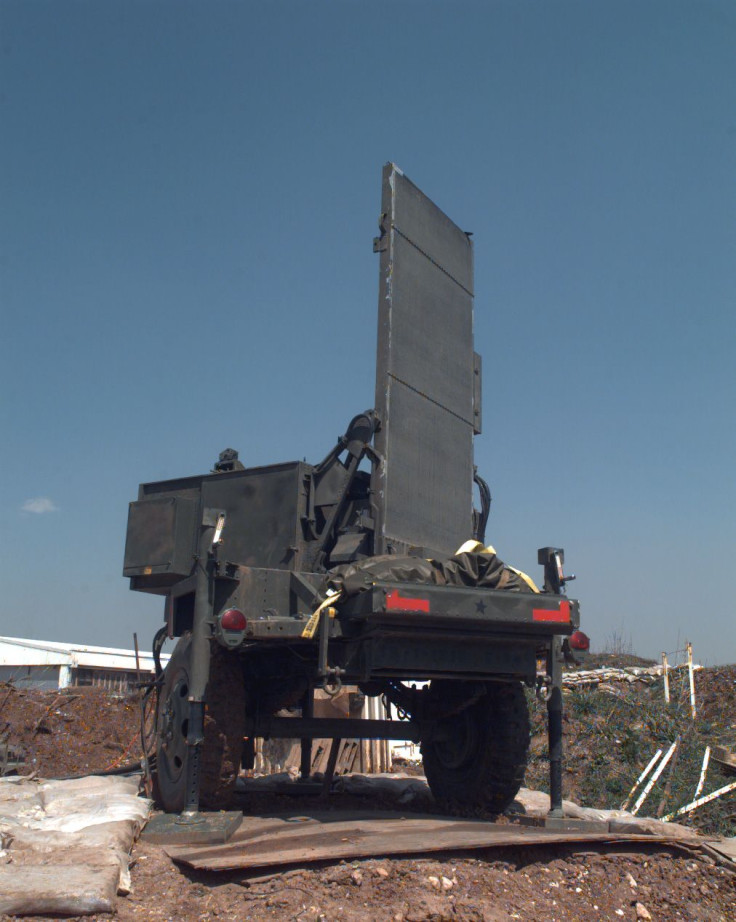USAF Cancels Contract With Raytheon For New Radar System

KEY POINTS
- Contract cancelled due to delay
- The new system design may still be of use
- A new provider will be awarded the contract
- Raytheon had technical and supply chain issues
Raytheon has hit a rough patch to start the year. The U.S. Air Force has ended a contract with the company to design a new ground-based radar system, citing technical and supplier issues that have caused delays.
According to a report by Defense Blog, the Air Force will be looking for a new candidate to build its Three-Dimensional Expeditionary Long-Range Radar (3DELRR). Raytheon was supposed to have a functioning prototype in place in the latter part of this year, and to ramp up production through the mid-2020s.
Since the original bids, advancements in technology have allowed competitors to deliver superior technology within a more acceptable timeframe.
According to the Raytheon website, the new radar system was designed to be the first of its kind built entirely in the United States, and one of the focal points was exportability in the future to partner countries.
The new system was designed to replace the outdated AN/TPS-75, or Tipsy 75 system. There are no specific details about what caused the delays, but the USAF needs a new system up and running. The system that Raytheon was developing did have quite a bit of merit though: using C-band gallium nitride-based radar is a new concept.
The C-band is a less used section on the electromagnetic spectrum that allowed for reduced interference and greater accuracy at long distances. The portability and cost-effectiveness of the system may prove useful in future projects if the supply chain issues can be figured out.
© Copyright IBTimes 2024. All rights reserved.





















